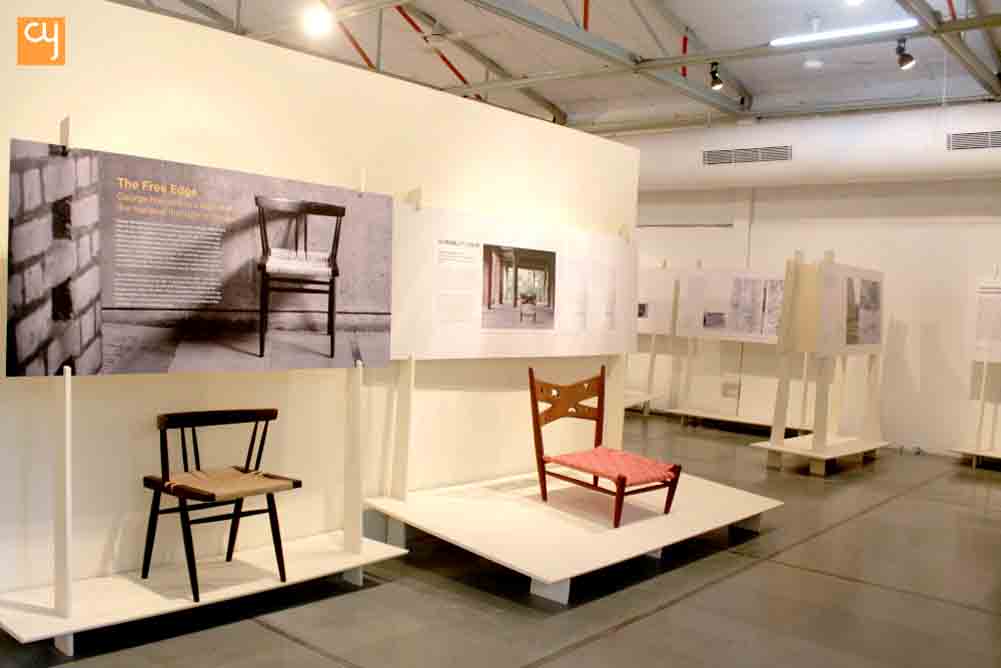George Nakashima, the revered Japanese-American woodworker and furniture designer, left an indelible mark on India’s architecture and furniture design. From his tranquil sojourn at the Sri Aurobindo Ashram in Pondicherry, where he embraced the name Sunder Nanda, to his collaboration with Antonin Raymond on the iconic Golconde dormitory, Nakashima’s influence was profound. He even developed a relationship with the National Institute of Design (NID). It began years after his transformative experiences at Shri Aurobindo’s ashram, NID, known for its visionary approach to design education, welcomed Nakashima to contribute to its evolving vision.
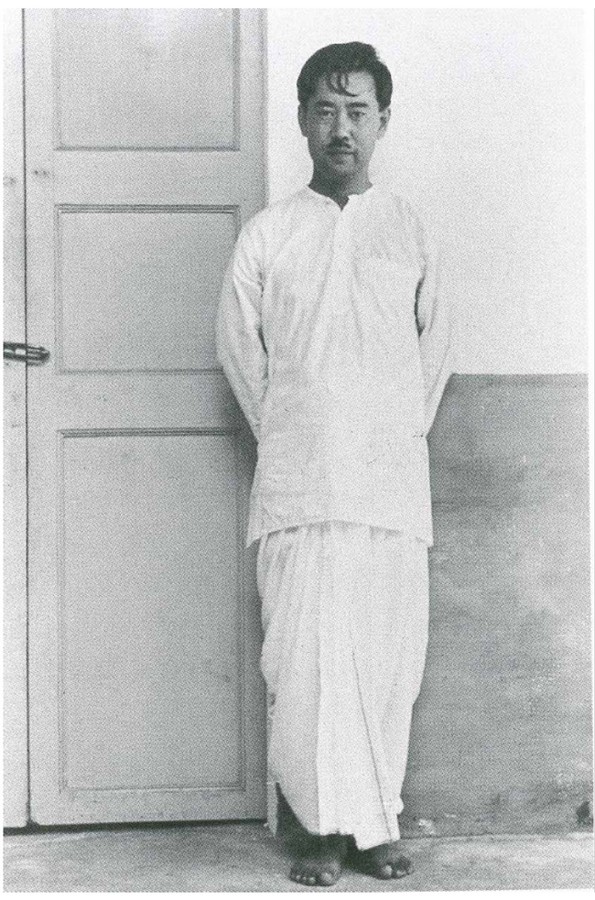
Invited by Gira Sarabhai, one of the institute’s founders, it was one of the many impactful international collaborations. The partnership with Ray and Charles Eames was pivotal, shaping modern design education. Continuing this tradition, George Nakashima’s visit in November 1964 marked a significant chapter. Immersed at NID for 2-3 weeks, Nakashima, the renowned Japanese-American designer, left a lasting impact. His presence enriched NID’s design ethos, influencing its approach to education and fostering innovation.
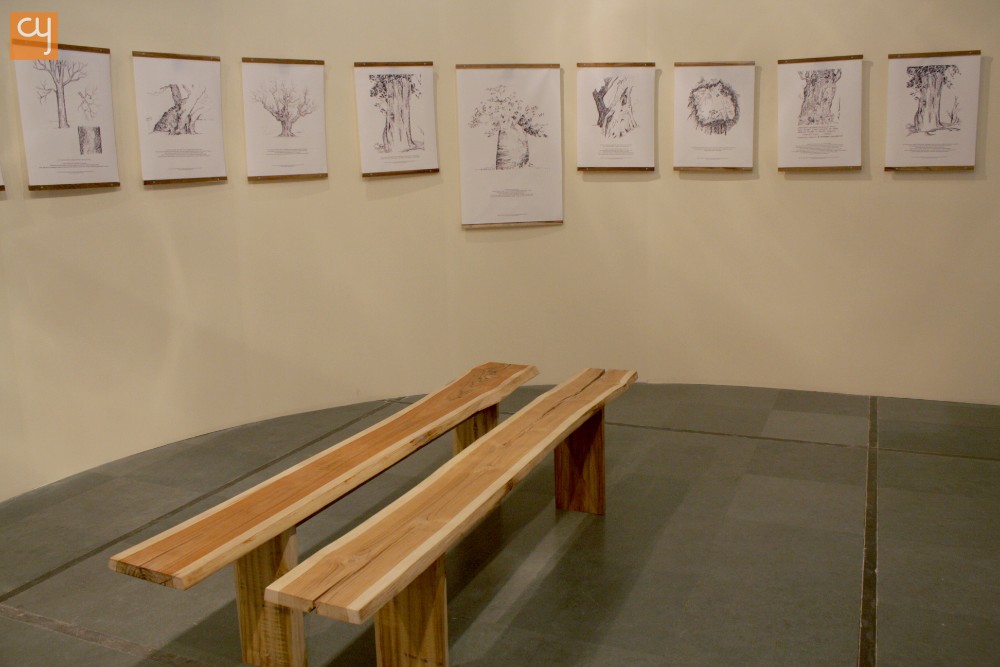
This collaboration birthed 32 exquisite pieces, a blend of adapted designs and specially created works. NID has since retained 26 of these exceptional creations, including chairs, benches, tables, ottomans, lounges, daybeds, shelves, and mirror frames. They embody the living history of NID, cherished within its offices, auditoriums, and archives.The elegant three-legged Mira Chair, originally crafted as a high chair for his daughter, showcases his meticulous craftsmanship. The Grass-Seated Chair, robust yet remarkably light, and the low-set Kornblut Chair, influenced by Indian floor-seating culture, captivate with their understated beauty. Each piece reflects Nakashima’s philosophy of celebrating natural wood grain and showcasing visible joinery, rooted in traditional Japanese woodworking techniques.
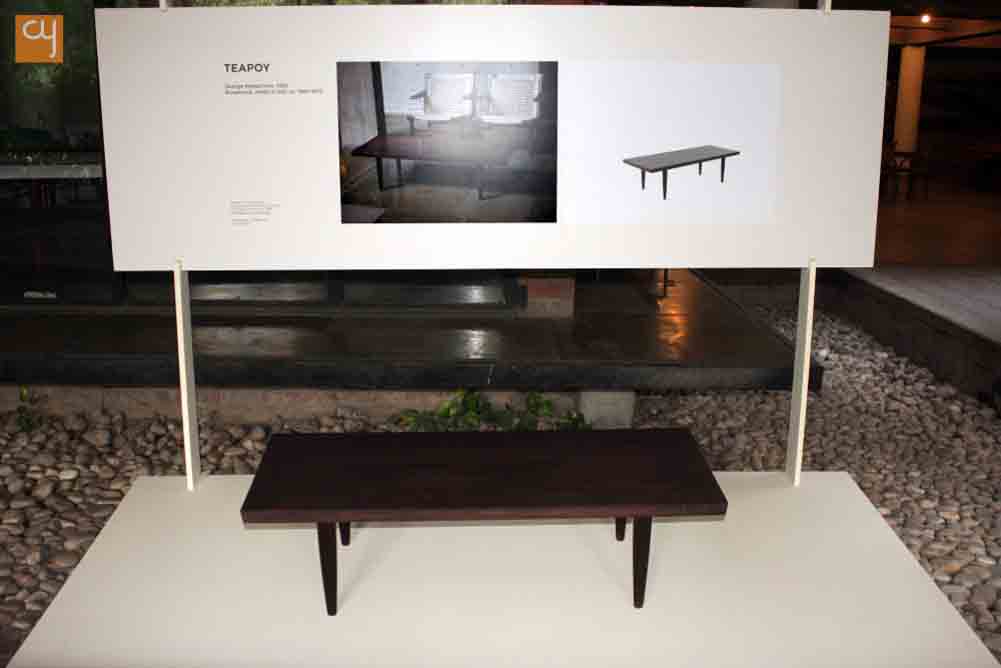
In a heartfelt homage to the profound and lasting relationship between the late Japanese-American designer George Nakashima and India, the National Institute of Design (NID) in Ahmedabad proudly inaugurated “The Free Edge – George Nakashima’s Legacy at National Institute of Design” exhibition in the year 2016. It showcased exquisite wooden furniture, and this exhibition served as a reminder of Nakashima’s enduring bond with the country that greatly influenced his creative journey as well as the modernistic birth of architecture and furniture within the nation.
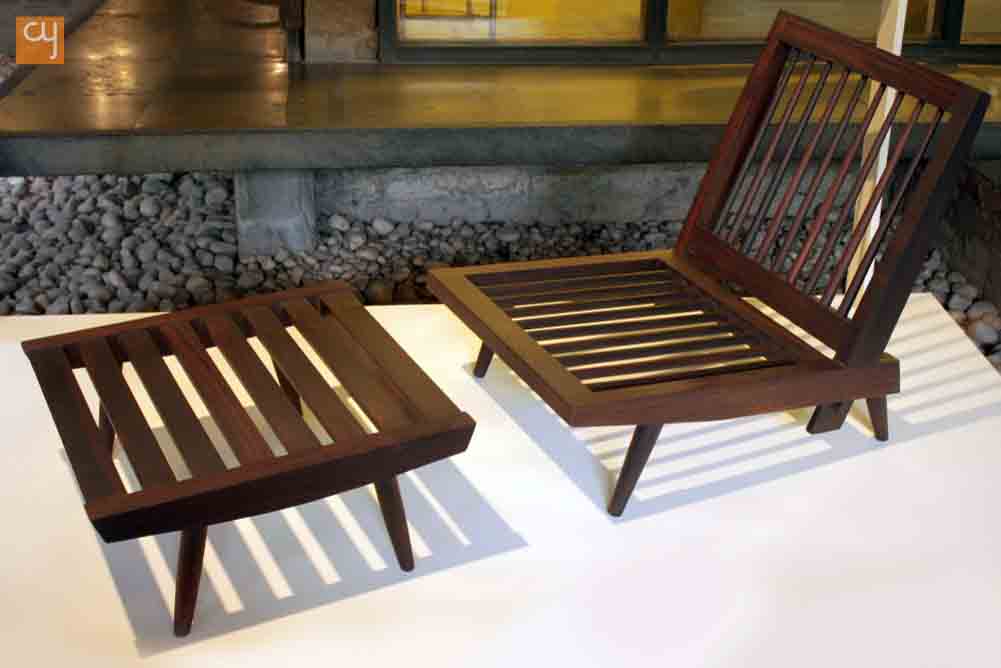
To appreciate Nakashima’s contributions fully, one must consider the context in which he worked. In an era when hand-crafted techniques were yielding to mass production and industrial design, Nakashima embraced a progressive version of modernism. He merged craftsmanship with some standardisation, incorporating technology to enhance the human touch. Mindful of the local cultural context and committed to preserving the innate beauty of his chosen materials, Nakashima left an indelible mark on NID’s overall vision, guiding its creative voice during its formative years.
To read more about George Nakashima. Click Here

Contributor

